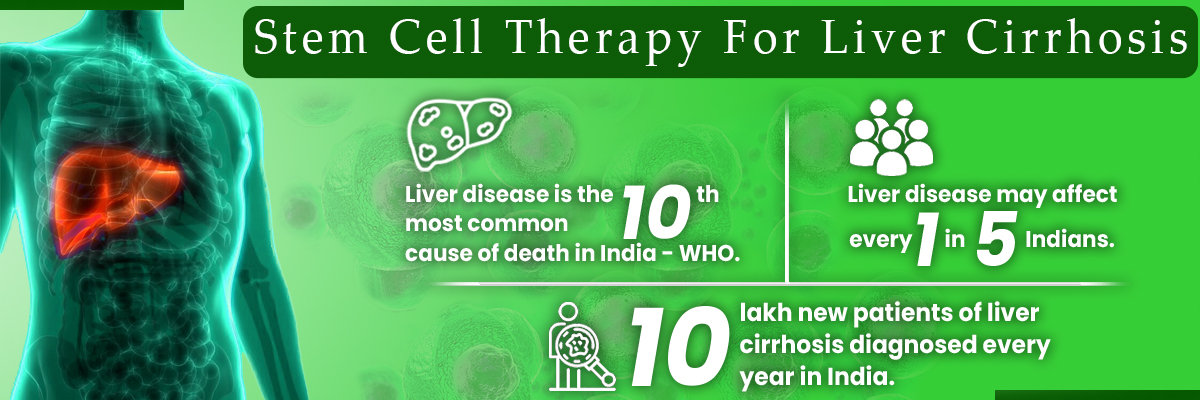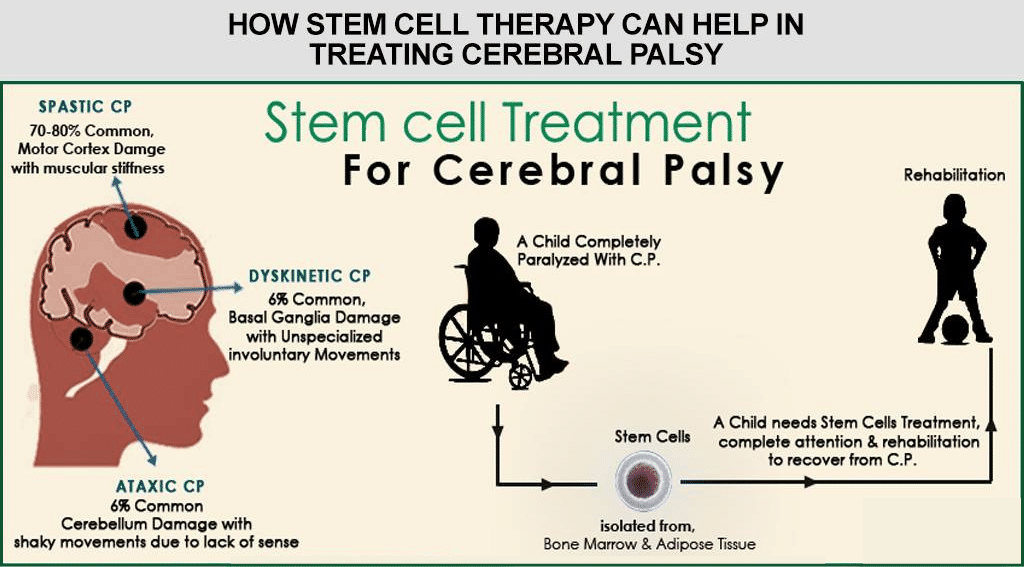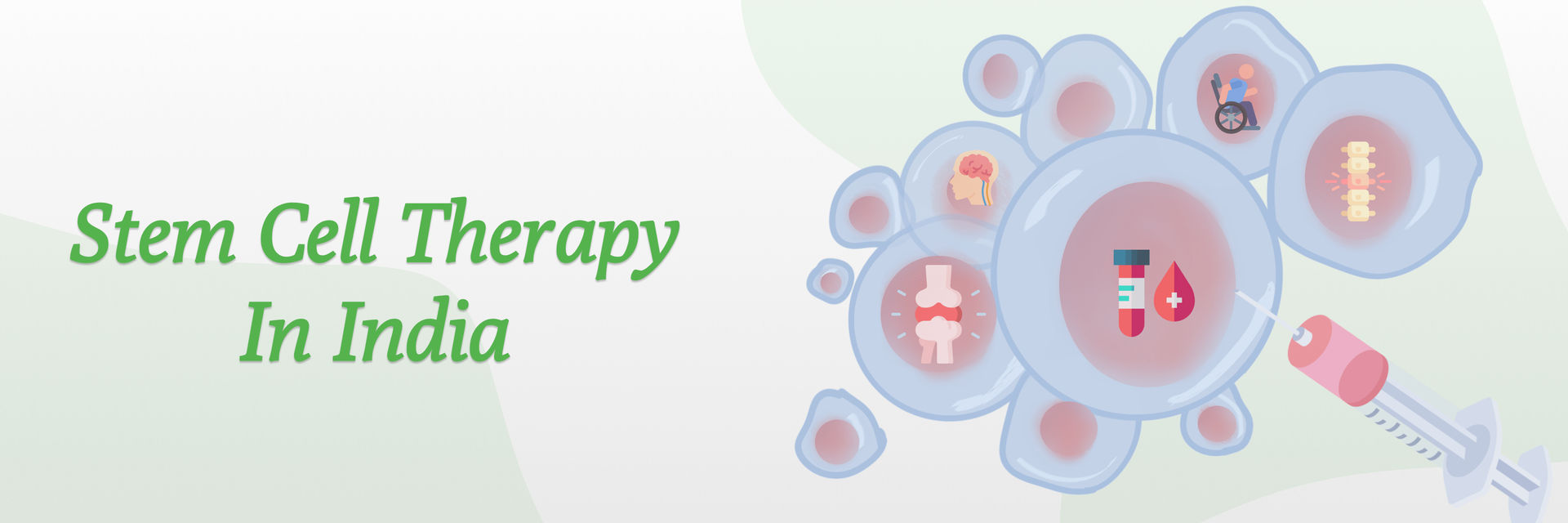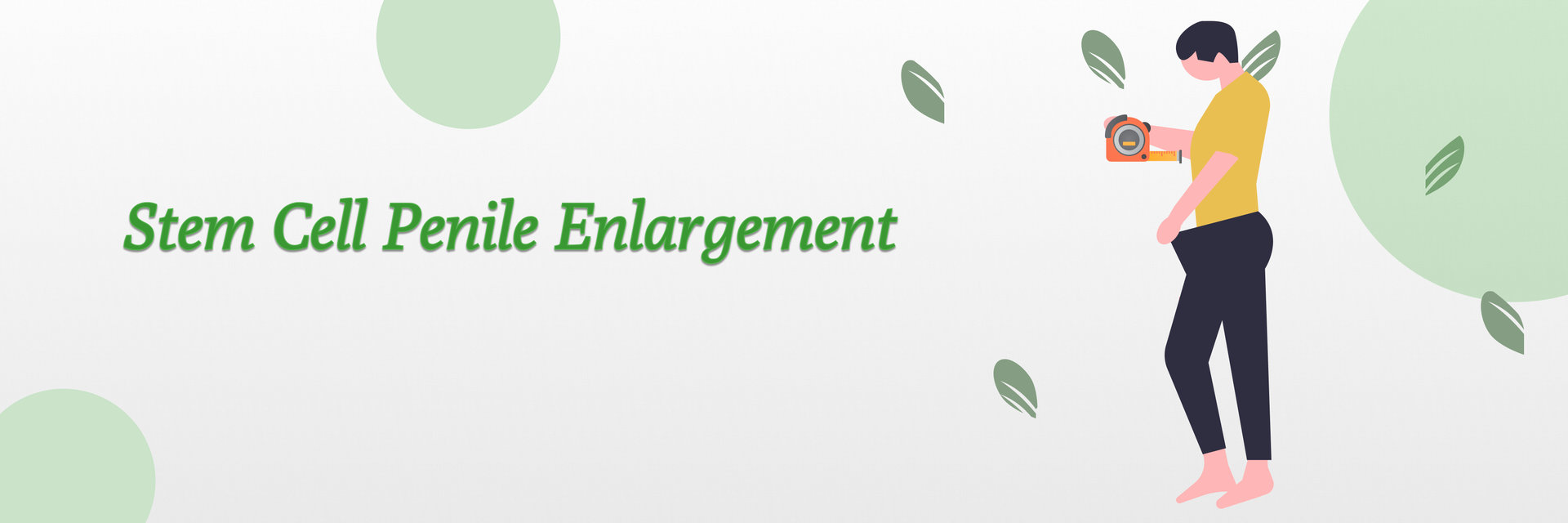Do you know?
Degenerative disc disease is a common condition affecting millions of people worldwide. In India, the prevalence of DDD is increasing due to factors such as aging, sedentary lifestyles, and rising obesity rates. The economic burden of DDD is substantial, with costs associated with medical treatments, loss of productivity, and decreased quality of life.
Key Statistics and Facts
Right now, there's no sure way to treat damaged discs in the spine that cause lower back pain. But there's hope with stem cells. Traditional treatment options for DDD include medication, physical therapy, and, in severe cases, surgery. However, the emergence of stem cell therapy has sparked interest as a potentially revolutionary alternative. This blog explores the potential of stem cell therapy for degenerative disc disease, examining its effectiveness, costs, and regulatory status.
Your health is too important to ignore. For any ortho-related concerns, discover if stem cell therapy can truly work and take the first step towards relief by scheduling your appointment now.
How does stem cell therapy for degenerative disc disease work?
Stem cell therapy for degenerative disc disease involves the use of stem cells to repair and regenerate the damaged intervertebral discs. Research shows promising results about using stem cells to treat DDD. One study found that it can lower pain and make the disc space bigger, which might help fix the tissue. Here's how it works:
- Stem Cell Harvesting: Stem cells are collected from the patient's own body (autologous) or from a donor (allogeneic). Common sources include bone marrow and adipose (fat) tissue.
- Processing: The harvested stem cells are processed in a laboratory to isolate and concentrate the desired cells.
- Injection: The concentrated stem cells are injected directly into the degenerated disc using imaging guidance (such as fluoroscopy) to ensure precise placement.
- Regeneration: Once injected, the stem cells promote the regeneration of disc tissue by differentiating into the cells that make up the disc and secreting growth factors that stimulate tissue repair. They also release anti-inflammatory cytokines to reduce pain and inflammation in the affected area.
Now, let's explore the exciting possibilities of stem cells in reversing the course of degenerative disc disease.
Can stem cells reverse degenerative disc disease?
Take charge of your health and your life. Discover whether stem cells can potentially reverse degenerative disc disease. Contact us today to find out!
Stem cells have the potential to reverse degenerative disc disease by regenerating damaged disc tissue and restoring disc function. Research and clinical studies have shown promising results, with patients experiencing significant pain, function, and disc height improvements after stem cell therapy. While it may not completely reverse the disease in all cases, stem cell therapy can slow down the degenerative process and improve the overall health of the disc, offering a regenerative approach that traditional treatments cannot provide. Stem cells have been tried to help slow down or even fix the damage from IDD. The main kind of stem cell used is mesenchymal stem cells.
What Does the FDA Say About Stem Cell Treatments for Degenerative Disc Disease?
Stem cell therapy for degenerative disc disease is still considered experimental and has not yet received FDA approval. The FDA has issued guidelines for the use of stem cells, emphasizing the importance of clinical trials and evidence-based practices.

In India, the Indian Council of Medical Research (ICMR) and the Central Drugs Standard Control Organization (CDSCO) regulate stem cell therapies. While several clinics offer stem cell treatments for DDD, patients need to ensure that these treatments are conducted under approved clinical trials and by licensed practitioners.
Advantages of stem cell therapy for degenerative disc disease over traditional treatments?
Stem cell therapy offers several advantages over traditional treatments for degenerative disc disease:
- Minimally Invasive: Stem cell injections are less invasive than surgical options like spinal fusion or disc replacement.
- Regenerative Potential: Unlike traditional treatments that only address symptoms, stem cell therapy aims to regenerate damaged disc tissue and restore disc function.
- Reduced Recovery Time: Patients typically experience shorter recovery than surgical interventions.
- Lower Risk of Complications: As a minimally invasive procedure, stem cell therapy has a lower risk of complications and infections compared to surgery.
- Pain Relief and Improved Function: Clinical studies have shown that stem cell therapy can significantly reduce pain and improve spinal function, enhancing the patient's quality of life.
Before we go any further, let's unpack the specific criteria for eligibility in stem cell therapy for degenerative disc disease.
Who is eligible for stem cells for degenerative disc disease?
Eligibility for stem cell therapy for degenerative disc disease depends on several factors:
- Severity of the Condition: Patients with mild to moderate degenerative disc disease are typically good candidates for stem cell therapy. Those with severe degeneration or structural deformities may require other treatments.
- Age and Overall Health: Younger patients and those in good overall health tend to respond better to stem cell therapy. Older patients or those with multiple health issues may have variable outcomes.
- Previous Treatments: Patients who have not found relief from traditional treatments (e.g., physical therapy, medications) may be considered for stem cell therapy.
- Absence of Certain Conditions: Patients with certain conditions, such as active infections, cancer, or autoimmune diseases, may not be eligible for stem cell therapy.
- Consultation with a Specialist: A thorough evaluation by a spine specialist is necessary to determine eligibility. This includes reviewing medical history, conducting a physical examination, and performing imaging studies to assess the extent of disc degeneration.
Take the first step to recovery and find out if you're eligible for stem cell therapy for degenerative disc disease. Get in touch with us for your personalized treatment assessment.
What to expect after stem cell for degenerative disc disease?
Following stem cell therapy, patients can anticipate gradual improvement in their symptoms. This may include reduced pain, increased mobility, and enhanced overall quality of life as the healing process takes effect. The timeline for recovery, however, can differ from person to person. It is crucial to diligently adhere to the post-treatment instructions given by the healthcare team.
It usually takes 3 to 12 months for your immune system to recover from your transplant. The first year after a stem cell transplant is like your first year of life as a newborn baby. During this time, you're at risk for infection.
Side effects of stem cells for degenerative disc disease
While stem cell therapy for degenerative disc disease is considered a promising and innovative treatment, it is important to be aware of potential side effects and risks associated with the procedure. As with any medical treatment, understanding these potential complications helps patients make informed decisions.
Common Side Effects:
- Pain at Injection Site: Some patients may experience pain or discomfort at the site where the stem cells were injected. This is typically mild and temporary.
- Swelling and Bruising: Swelling and bruising around the injection site are common and usually resolve within a few days.
- Infection: Although rare, there is a risk of infection at the injection site. This can be minimized by ensuring qualified medical professionals perform the procedure in a sterile environment.
- Allergic Reactions: In some cases, patients may be allergic to the materials used in the procedure, such as the local anesthetic or other substances.
Less Common Side Effects:
- Bleeding: There is a small risk of bleeding at the injection site, especially if the patient is taking blood-thinning medications.
- Nerve Damage: Improper injection technique could cause damage to the surrounding nerves, leading to pain, numbness, or weakness. This is why it's crucial to have the procedure performed by experienced specialists.
- Adverse Immune Response: While rare, there is a possibility that the patient's immune system could react negatively to the stem cells, especially if donor (allogeneic) stem cells are used.
Serious Risks
- Tumor Formation: Although extremely rare, there is a theoretical risk that stem cells could potentially form tumors or promote the growth of existing tumors.
References:
https://www.ncbi.nlm.nih.gov/pmc/articles/PMC10219191/
https://stemcellthailand.org/therapies/degenerative-disc-disease-ddd/






